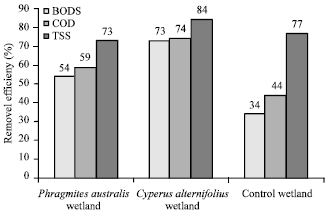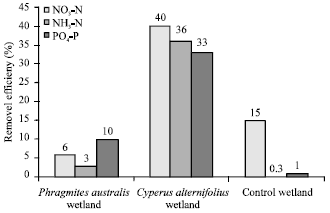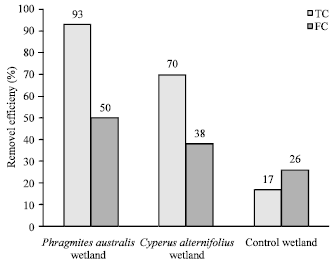Research Article
Comparing the Efficiency of Cyperus alternifolius and Phragmites australis in Municipal Wastewater Treatment by Subsurface Constructed Wetland
Department of Environmental Health Engineering, Shahid Sadoughi University of Medical Sciences, Yazd, Iran
Hadi Eslami
Department of Environmental Health Engineering, Yazd University of Medical Sciences, Yazd, Iran
Mohamad Hasan Ehrampoosh
Department of Environmental Health Engineering, Shahid Sadoughi University of Medical Sciences, Yazd, Iran
Asghar Ebrahimi
Department of Environmental Health Engineering, Yazd University of Medical Sciences, Yazd, Iran
Mohamad Taghy Ghaneian
Department of Environmental Health Engineering, Yazd University of Medical Sciences, Yazd, Iran
Shirin Ayatollah
Department of Environmental Pollution Engineering, Islamic Azad University of Hamedan, Iran
Mohamad Reza Mozayan
Faculty Member, Shahid Sadoughi University of Medical Sciences, Yazd, Iran












